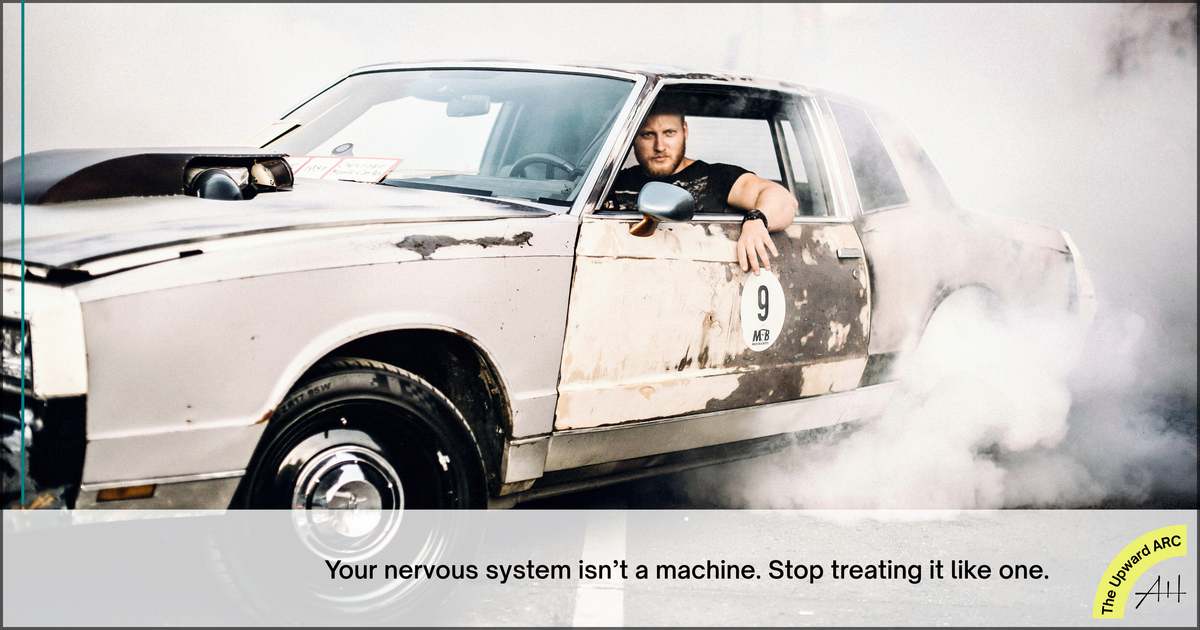Burnout Isn’t Fixed by Vacations: 4 Science-Backed Micro-Recoveries to Recharge You Fast
Your nervous system isn’t a machine. It’s a battery. And most professionals are running on empty. Burnout isn’t fixed by vacations or cold plunges. Real recovery is systematic: nervous system resets, sunlight, ultradian rhythm breaks. Recharge before you crash. Or, pay the price.

This post is for members only
Already have an account? Sign in.
